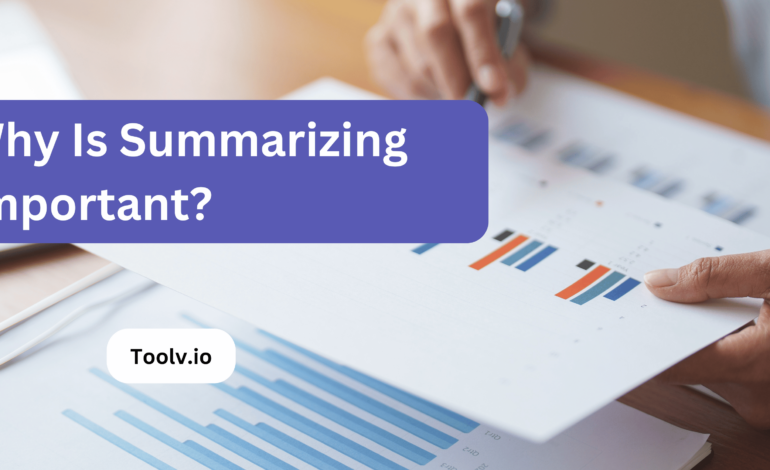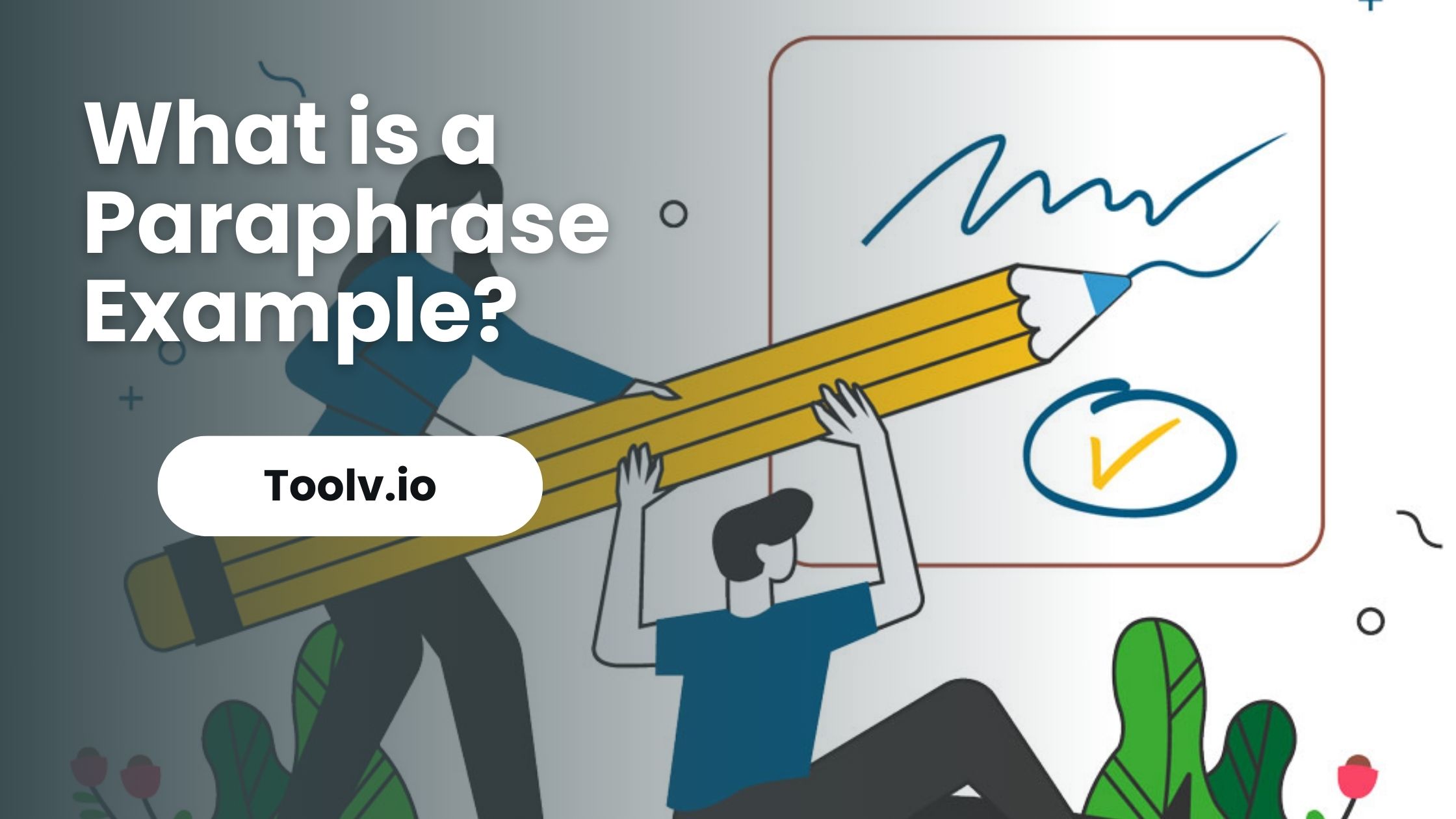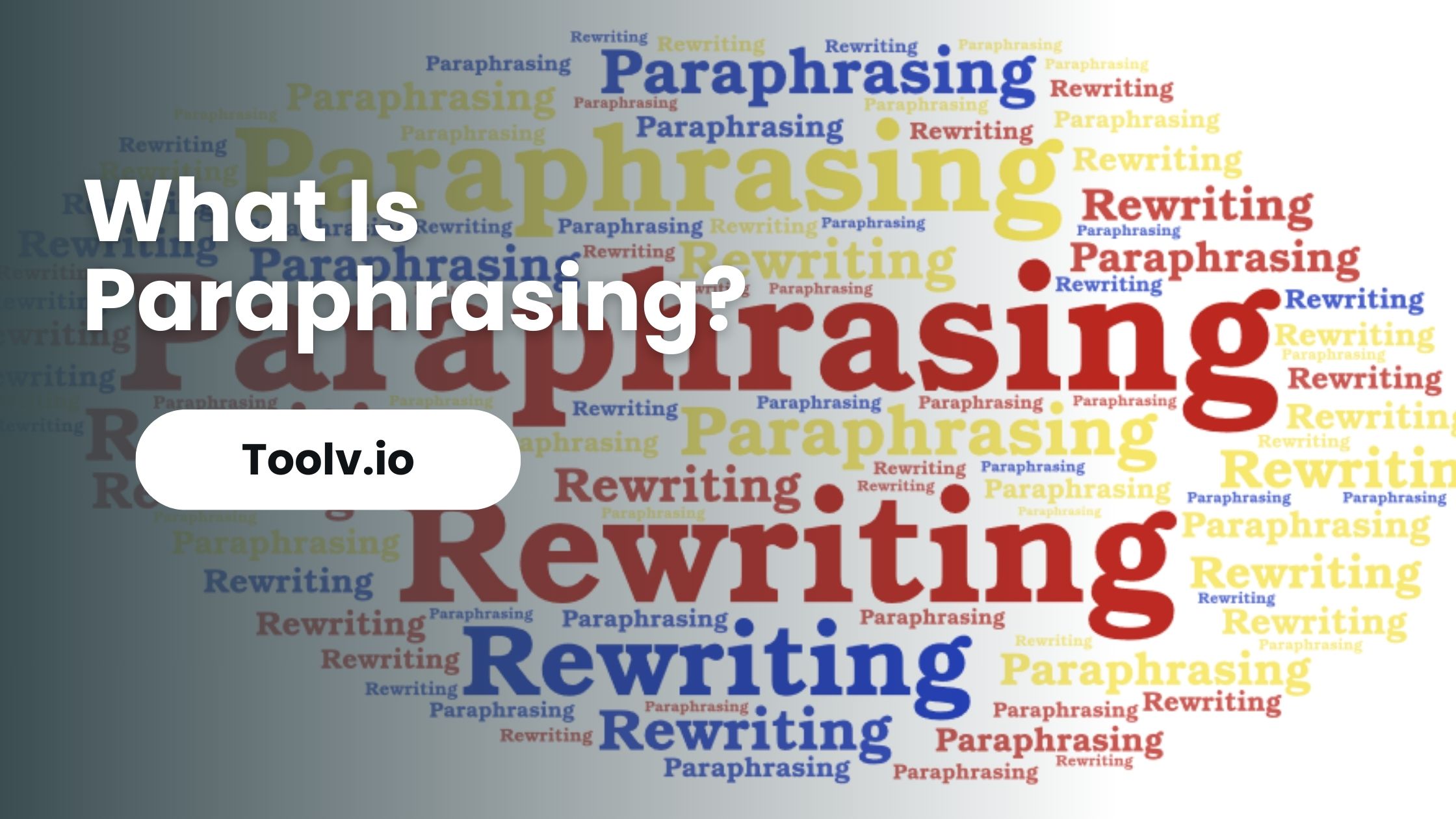What Is Summarizing?

Summarizing is the act of condensing the main points of a piece of text into a shorter version, capturing the essence without losing the core meaning. It’s like giving a snapshot of the main ideas, making complex information easier to grasp.
In this article, we will discuss the techniques and importance of summarizing. We’ll explore how to distill information effectively, ensuring you grasp the fundamental concepts without getting lost in the details.
What Is Summarizing?
Summarizing is like giving a mini-version of a big story. It helps you tell the main points without all the extra details. This is super handy in school, work, or even just chatting with friends.
It’s also a great skill for learning. When you can summarize well, it means you understand what you’re talking about. It’s not just about making things shorter. It’s about keeping the important stuff and letting go of the rest.
So, summarizing is a key tool. It helps in clear communication, saves time, and makes sure the main ideas shine through. Whether you’re studying, working, or explaining something, being able to summarize is super useful.
Why Is Summarizing Important?
Summarizing is an important skill for several key reasons:
Efficiency: Summaries distill key ideas, findings, insights, and conclusions from verbose materials down to only the most salient points. This saves time and mental energy when absorbing information.
Comprehension: The process of analyzing content to summarize forces a deeper understanding of central themes and how details relate. Enables better learning.
Accessibility: Summaries make complex information in academic papers, reports, speeches, videos, etc. understandable to wider audiences who otherwise lack context or struggle with density. Makes concepts approachable.
Portability: Vital takeaways that must be remembered or shared are light enough within summaries to travel anywhere and get carried into conversations, unlike lengthy originals. Enables influence.
Analysis: Determining what to keep and what to cast aside in the transformation that is summarization builds critical thinking abilities, evaluation skills, and judgment.
Productivity: Modern knowledge work means summarizing what matters across the spectrum of communications we encounter daily. It makes room for action.
The capacity to efficiently summarize is thus incredibly useful for personal growth, organizational leadership, and public dissemination equally in this information-intensive world.
What Are the Key Elements of a Good Summary?
The key elements that characterize a well-crafted effective summary include:
Accuracy: The summary precisely reflects the central ideas, logical argument or themes presented in the original document without distorting the facts, findings or conclusions.
Brevity: It concisely focuses only on the most significant information in the source material needed to grasp the essence.
Clarity: Uses simple, unambiguous language and structure adapted as needed for the intended readership to transparently convey importance.
Objectivity: The summary remains neutral and balanced in tone regarding the source’s merits. Let audiences draw their own conclusions.
Flow: Summarized content gets organized in logical order with smooth transitions that connect key points for coherent digestibility.
Attribution: Sources get properly acknowledged via citations and references as needed to avoid plagiarism of summarized passages.
By artfully incorporating these vital elements with economy and precision, a summary can become a potent distillate that reliably reflects the salient material worth highlighting for wider distribution in a form readers can readily absorb.
How to Summarize Effectively?
Summarizing means picking out the main points and writing them in your own words. It’s like telling a friend the key parts of a story, not every little detail.
Start by reading the whole text to understand what it’s about. Then, think about the main ideas or ‘big points’ the text is showing.
Next, write down the main points in a short way. Use your own words, not the exact words from the text. This helps make sure you really understand what you’re reading. Avoid small details that aren’t needed to understand the main ideas.
Finally, read your summary again. Make sure it shows the main points and flows nicely. It should be short but still give a clear picture of the original text. If it’s clear and brief, you’ve done it right!
What Are Some Tips for Summarizing?
Here are some top tips for effectively summarizing content:
- Read/review materials closely first to achieve comprehensive mastery of the concepts before attempting to summarize.
- Identify and highlight the central thesis, themes, position argued by the author to use as basis.
- Break content down into logical sections and sequences focusing only on key points. Disregard fluff.
- Use annotation techniques like marginal notes, tagging pivotal passages, bracketing segments of importance.
- Employ paraphrasing skills to restate key ideas from source concisely in own words.
- Craft an opening sentence that engages reader and establishes topic framework to follow.
- Synthesize similar key points into more unified, digestible composite bullet points when possible.
- Link summarized ideas into flowing outline-style format for easy absorption by readers.
- Close with concise one-line final takeaway of major conclusions, significance or implications from piece.
- Refine drafts to eliminate wordiness, redundancies, vagueness—streamline whatever possible.
Follow these summarization tips consistently to develop more efficient writing and analytical abilities vital for both academia and workplace. Hone until second nature!
Conclusion
Summarizing means boiling down the text to its essential points, making it shorter and clearer. The Toolv.io Paraphrasing tool helps rewrite content differently while keeping the original meaning, useful for making writing fresh and avoiding repetition.
This makes understanding and sharing information easier, especially when dealing with complex topics or long documents. Using tools like this can save time and improve communication.




